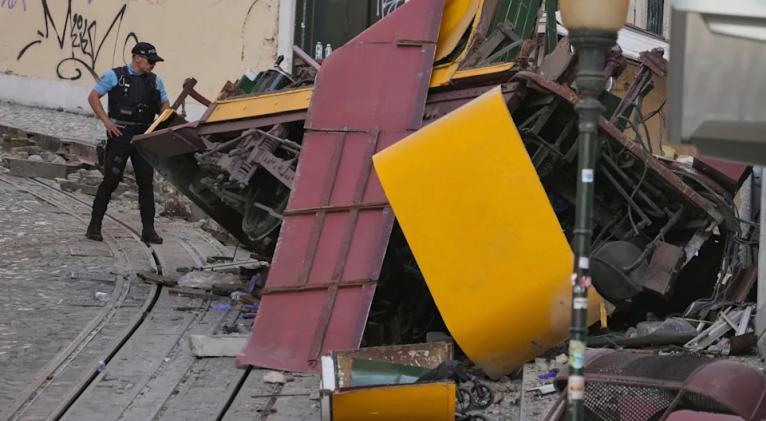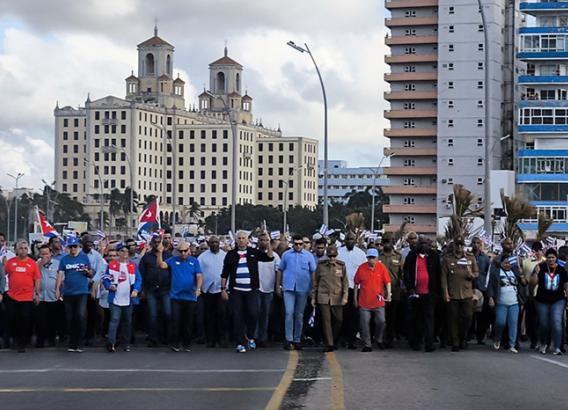Portugal Observes Day of Mourning After Lisbon Funicular Accident Kills 17
especiales

Portugal observed a national day of mourning on Thursday, the day after a famous Lisbon funicular derailed, killing 17 people in the worst accident in the capital’s recent history.
The death toll rose to 17 overnight when two of the injured died in hospital, Margarida Castro Martins, head of Lisbon’s Civil Protection Agency, told the press.
She did not provide the names or nationalities of the deceased, stating that families would be informed first.
Authorities have not released information on the victims or the 21 people reported injured by police. However, the transport workers’ union SITRA said the funicular’s brake operator, André Marques, was among the dead.
The Funicular and Its Route
The 19th-century funicular is one of Lisbon’s major tourist attractions and is usually full of foreign visitors at this time of year for its short, scenic route up and down one of the city’s steep hills.
Teams of pathologists from the National Institute of Forensic Medicine, reinforced by colleagues from three other Portuguese cities, worked overnight on autopsies, authorities said. The injured were admitted to several hospitals across the Lisbon region.
The wrecked vehicle remained on the central street where it crashed on Thursday, cordoned off by police. Detectives from Portugal’s judicial police, investigating serious incidents, photographed the tracks and debris on the empty street.
Authorities declined to speculate on whether a faulty brake or a snapped cable caused the tragedy.
Eyewitness Accounts
The yellow-and-white funicular, known as Elevador da Glória, lay on its side in the narrow street, its sides and top crushed. It collided with a building where the street curves, crushing parts of the mostly metal vehicle.
“It hit the building with brutal force and crumpled like a cardboard box,” Teresa d’Avó told Portuguese broadcaster SIC. She said the funicular seemed out of control and brake-less, and she saw pedestrians fleeing to the middle of nearby Avenida da Liberdade, the city’s main thoroughfare.
The accident occurred at the start of the evening rush hour, around 6 p.m. Emergency responders said all victims had been removed from the debris in just over two hours.
Funicular Specifications
The funicular is suspended by steel cables and can carry more than 40 people, both seated and standing. It is also regularly used by Lisbon residents.
Inaugurated in 1885, the line travels a few hundred meters up and down a hill along a curved, traffic-free street, paired with a second funicular traveling in the opposite direction. It runs between Restauradores Square and the Bairro Alto district, known for its nightlife.
Safety Measures and Monument Status
The Lisbon City Council halted operations of three other well-known funiculars while immediate inspections were carried out.
Elevador da Glória is classified as a national monument.
Lisbon received approximately 8.5 million tourists last year, and long lines often form for the brief rides on the popular tram.
Carris, the company operating the funicular, said scheduled maintenance had been carried out. It offered “its deepest condolences to the victims and their families” in a statement.
Official Condolences
Portuguese President Marcelo Rebelo de Sousa extended his condolences to the affected families, while Lisbon Mayor Carlos Moedas said the city was in mourning. “It is a tragedy like we have never seen,” Moedas said.
“A tragic accident… caused the irreparable loss of human lives, leaving families in mourning and shocking the entire country,” the mayor’s office added in a statement.
Flags of the European Union at the European Parliament and the European Commission in Brussels flew at half-staff. Several EU leaders expressed condolences on social media.














Add new comment